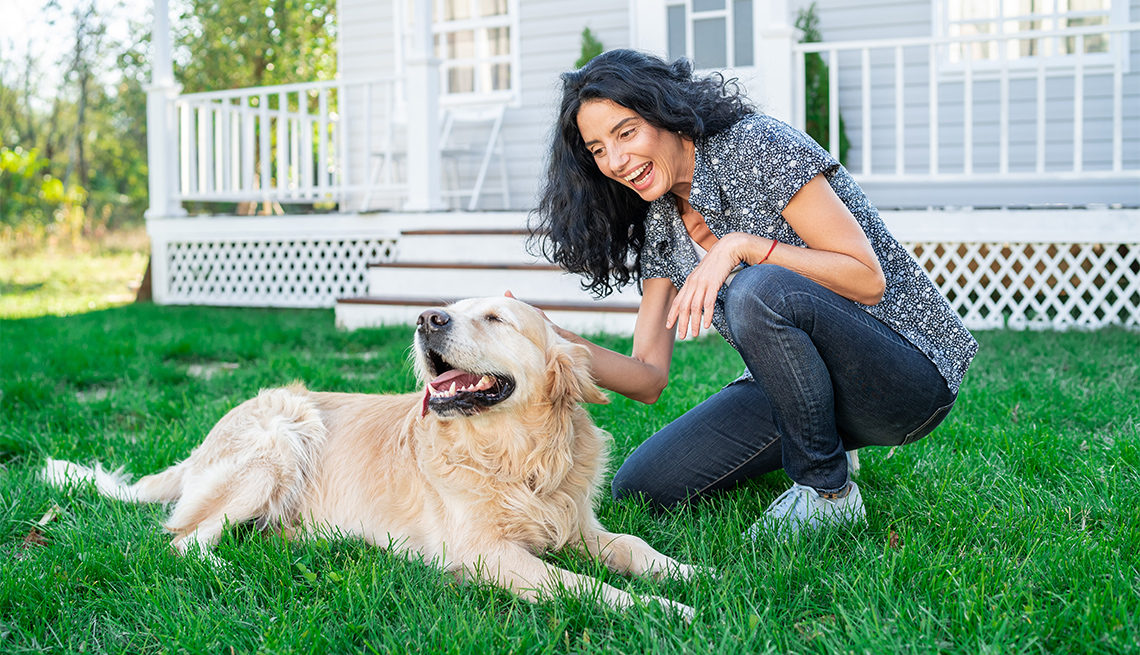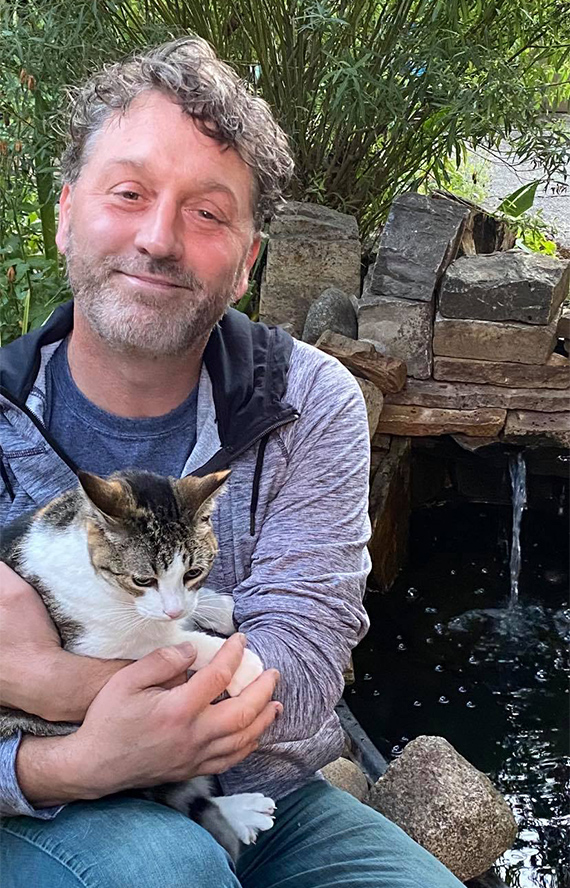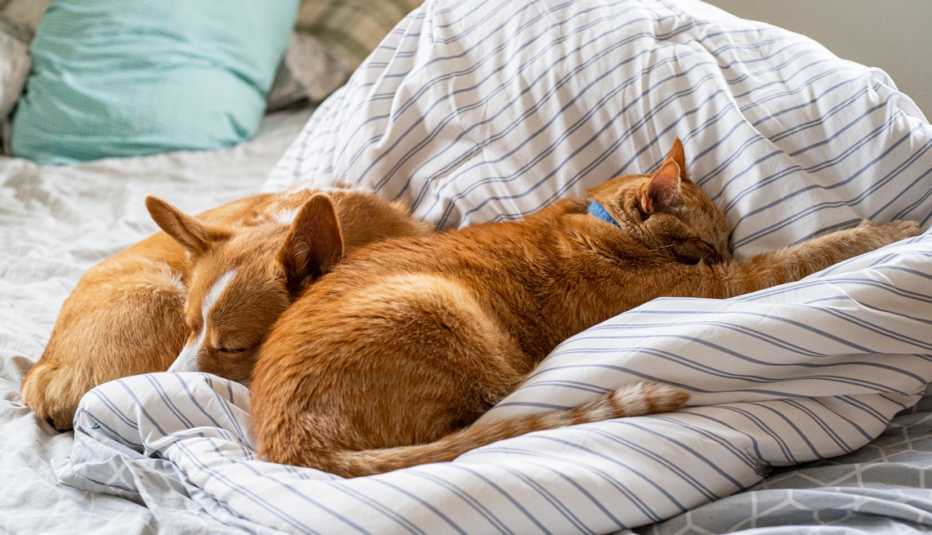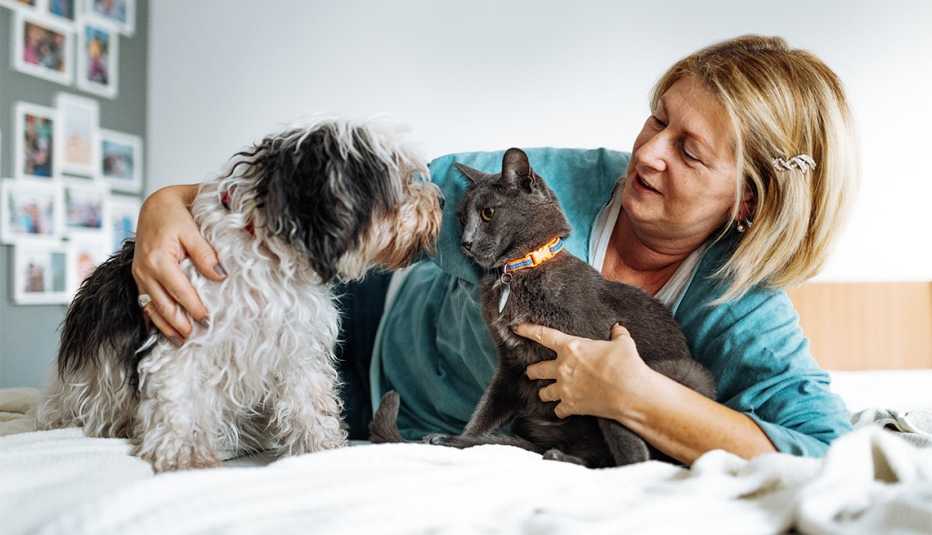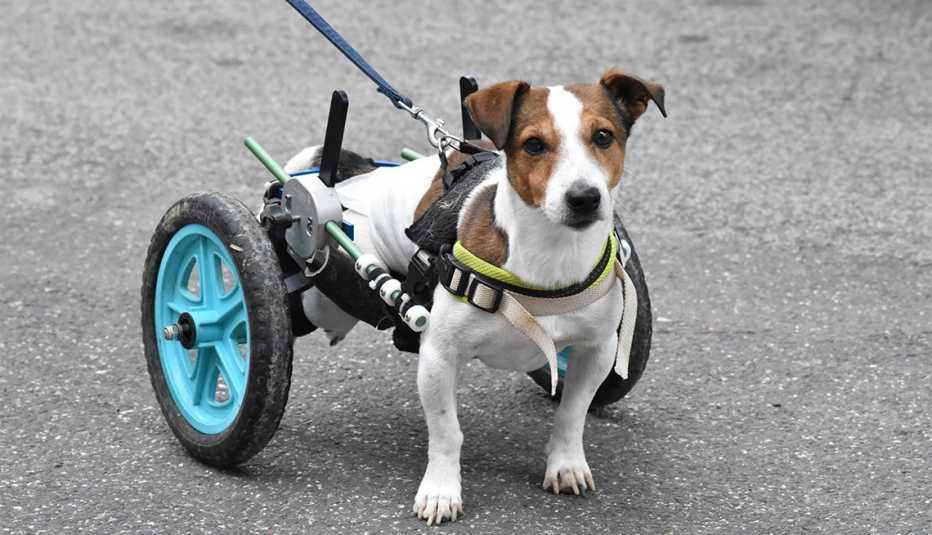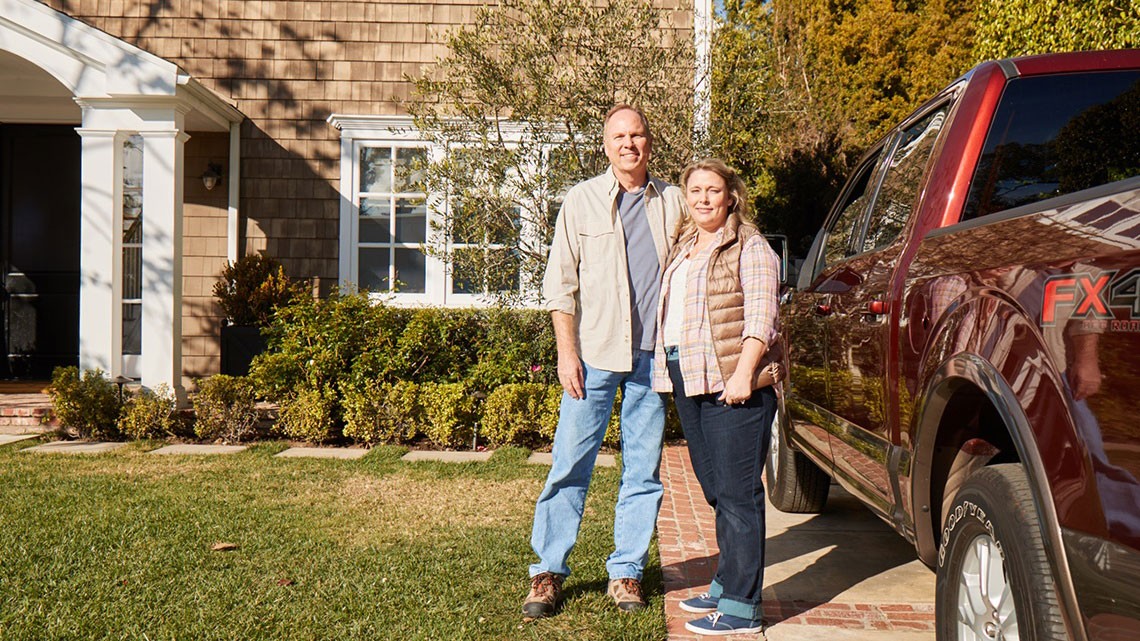Staying Fit
The yard is the perfect place to let a pet explore, lounge and get some exercise. But poisonous plants, fertilizers and pesticides can all be hazards to furry family members.
Pet owners who share their homes (and yards) with dachshunds that dig, corgis that chew, Dobermans that drink from the bird bath and Labrador retrievers that treat the compost like a buffet (in addition to adventurous cats and maybe even some chickens) often go to great lengths to create pet-friendly yards where their four-legged friends can hang out without getting sick.


AARP Membership— $12 for your first year when you sign up for Automatic Renewal
Get instant access to members-only products and hundreds of discounts, a free second membership, and a subscription to AARP the Magazine.
For example, Brette Sember, 54, dug out the crab apple tree growing in her Clarence, New York, backyard after her dog, Lance, got sick from eating fallen fruit. Tony Sacco, 55, eschews toxic fertilizers on his Seattle lawn and looks for pet-safe products for use in his backyard water feature to ensure that his cat, Sushi, and the neighborhood cats that visit the yard won’t get sick if they drink the water. And Marcia Layton Turner, 57, of Rochester, New York, refuses to spray the weeds in her yard with pesticides to protect her granddogs, Harper and Shay, who often play in the grass.

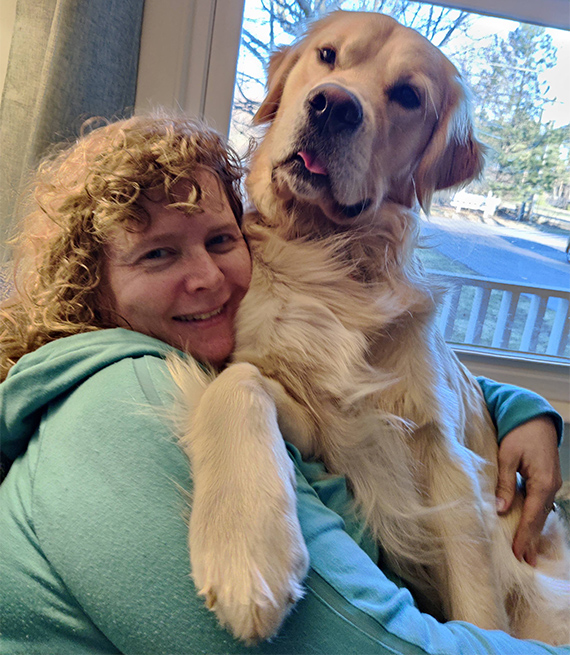
The U.S. Food and Drug Administration has released an updated list of plants that are toxic to pets, including English ivy, hydrangea, foxglove, daylilies and daffodils. And in 2022, the ASPCA Poison Control Center received calls about more than 335,136 items that pets were exposed to: Medications, chocolate, plants and insecticides were in the top 10 list. You can keep your pet safe from garden dangers by following these tips for a pet-friendly landscape.
1. Pull poisonous plants
Some common landscape plants, including azaleas, rhododendrons, foxglove and lilies, are toxic to pets if ingested, notes Tina Wismer, a veterinarian and the senior director of the ASPCA Animal Poison Control Center.
Pets that eat poisonous plants can have symptoms ranging from vomiting, diarrhea and excess salivation to coma, cardiovascular collapse and death. Use the ASPCA’s list of toxic plants to identify (and remove) troublesome species from the landscape, and consult the list before heading to the garden center.



























































